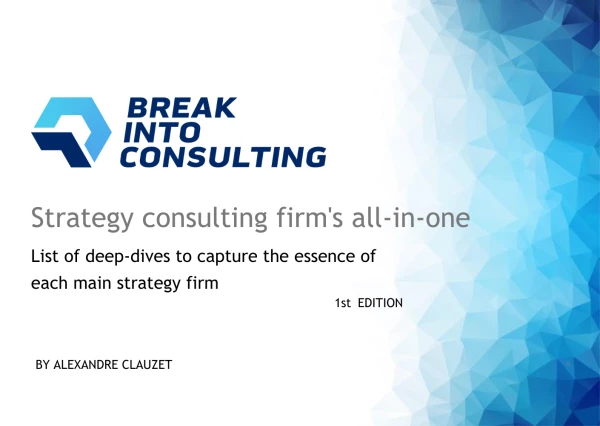Hi everyone, I'd like to seek some advice:
I have practised around 50 cases and have also taken private coaching sessions.
I know the case interview process well, and have a good understanding of different
case types.
However, I feel that I have a bottleneck currently and I don't know how to further
develop my case interview skills.
The main improvement areas I have identified are:
(1) Did not internalize case structures well enough. Sometimes I feel that I am still
trying to apply a structure I created before without totally customizing to the case
problem.
(2) The ability to take a structured approach to drill down specific issue tree to solve
the case. Although I know how to structure a case, but sometimes during a
complexed case I still fee "lost" and start randomly "guessing" possible areas to
explore. I think this problem is less related to the framework but instead the ability to
take a structured approach to solve any cases.
Could you share your thoughts on how to break through these bottlenecks and
improve case interview skill?
Thank you so much.











